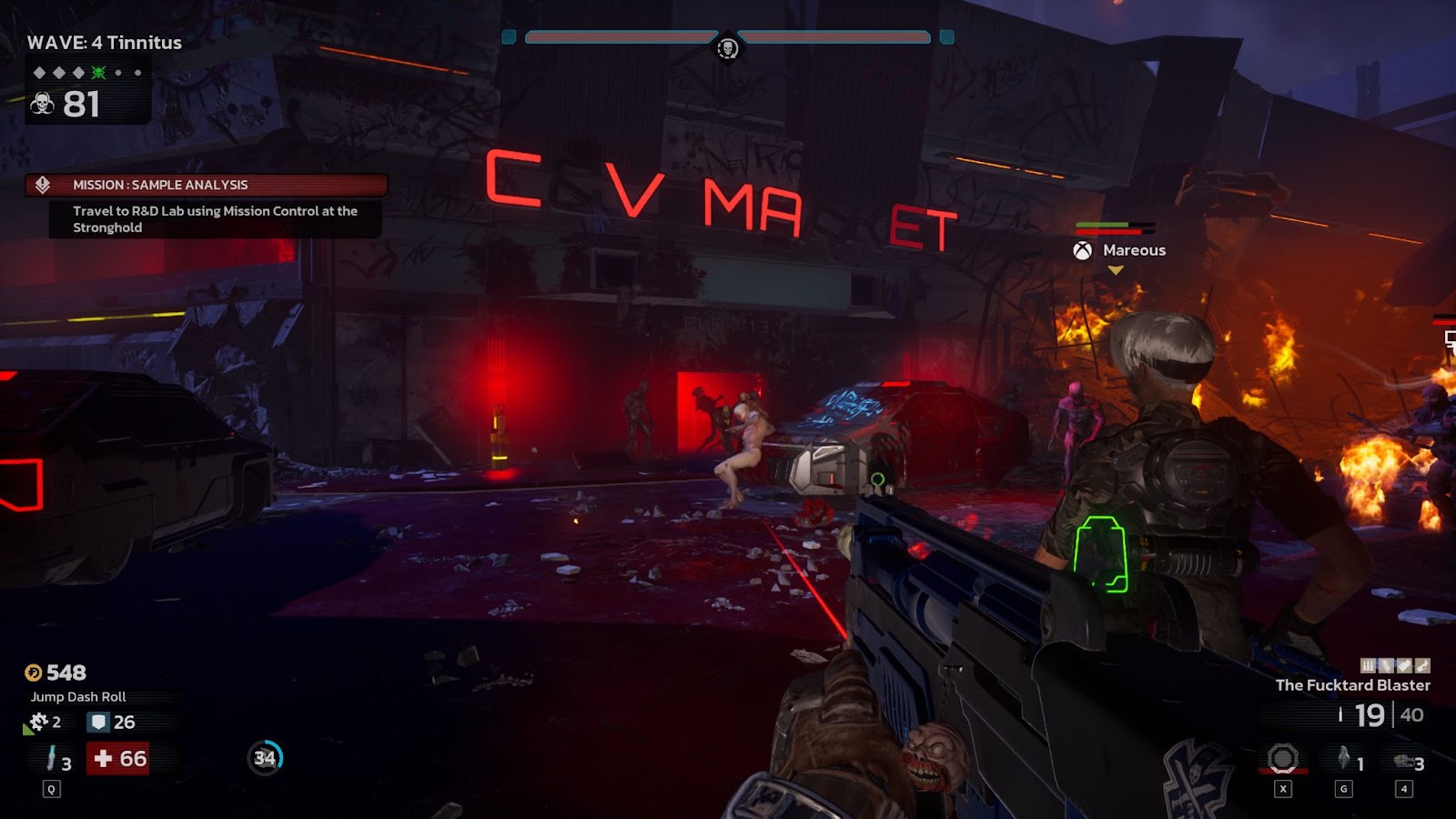PC
PS5
Xbox Series
There’s something strange about the number three when it comes to video games. For whatever reason, the third entry into most series is either amazing or awful, and rarely anything in between. Call of Duty 3, for example, is so bad that most people forgot it existed. Battlefield 3, on the other hand, is arguably one of the best shooters of all time. Payday 3 is almost comically bad, Grand Theft Auto III is certainly one of the games of all time, and Metal Gear Solid 3: Snake Eater was good enough to justify a full-on modernisation by way of a remake. Why exactly three-quels are almost always the most divisive entry into a franchise is an article for another time. However, with the release of Killing Floor 3, gaming historians will have another game to point at to prove the point I’m making. It isn’t exactly bad, but it is incredibly lacklustre compared to Killing Floor and Killing Floor 2.

Killing Floor 3 isn’t much different from the two titles that preceded it. The game is a first-person round-based horde shooter that can either be played solo or with five other people online. All of its matches drop you into a both literally and figuratively dark urban environment, where you have to kill waves of the undead while upgrading your equipment. If you survive a round, you can use dosh (that’s in-game money, for all you non-tea drinking people out there) to upgrade your equipment. If you manage to make it through five onslaughts, and kill a boss, you win, and get to start the process all over again. In other words, the gameplay loop of Killing Floor 3 is identical to almost any other game that features zombies and/or monsters from the underworld.
That’s not a bad thing, though. Killing Floor 3 sets itself apart by having truly excellent core mechanics. The game’s weapons are stupidly satisfying to use. Its skills, which you unlock by progressing through its standard levelling system, are unique. Its class system is generic, but it adds a bit of depth if you’re playing with people who know what they’re doing. There’s a solid variety of enemies to kill, all 8 of its maps are well-designed, and the title is outstanding from an audiovisual perspective. Movement is also fun, as you can dodge and run around freely a la Call of Duty: Black Ops 6 sans the ability to do a backflip. Killing Floor 3 is objectively better than a lot of other shooters on the market. It’s fun to play, well-balanced, and has enough content to keep you hooked for at least a dozen hours.
That doesn’t mean Killing Floor 3 is perfect, though. For lack of a better phrase, the game’s vibe is just…off. It looks, feels, sounds and plays like a Killing Floor game, but lacks the je ne sais quoi that made Tripwire Interactive’s two previous zombie-em-ups staples of the medium. Its generic sci-fi setting isn’t quite as interesting as the more realistic Killing Floor 2, it clearly hasn’t had as much development time as that title, and the developers are already pushing a battlepass and post-launch content. It also doesn’t run especially well on PC, doesn’t have a dedicated server browser, and does have long loading times. None of these things ruin the title, but instead simply make it feel like a slightly worse iteration of its predecessors.

Which, like a lot of games with the number three in them, means it’s difficult but not impossible to recommend it. Killing Floor 3 has best-in-class gameplay, fantastic audiovisual design, and a respectable amount of content. It’s fun to play in a way very few other titles are, and yet it’s hard not to notice that something about it just doesn’t check out. Even though it has all of the essential elements of a good game, and it’s better than a lot of other ones, it isn’t as solid as its predecessors or Valve’s line-up of horde shooters. If you’re desperate to kill zeds in new virtual environments, it’s worth picking up. Otherwise, it’s worth waiting for a few real-life rounds to pass before spending your hard-earned cash on Killing Floor 3.
You can subscribe to Jump Chat Roll on your favourite podcast players including:
Let us know in the comments if you enjoyed this podcast, and if there are any topics you'd like to hear us tackle in future episodes!



